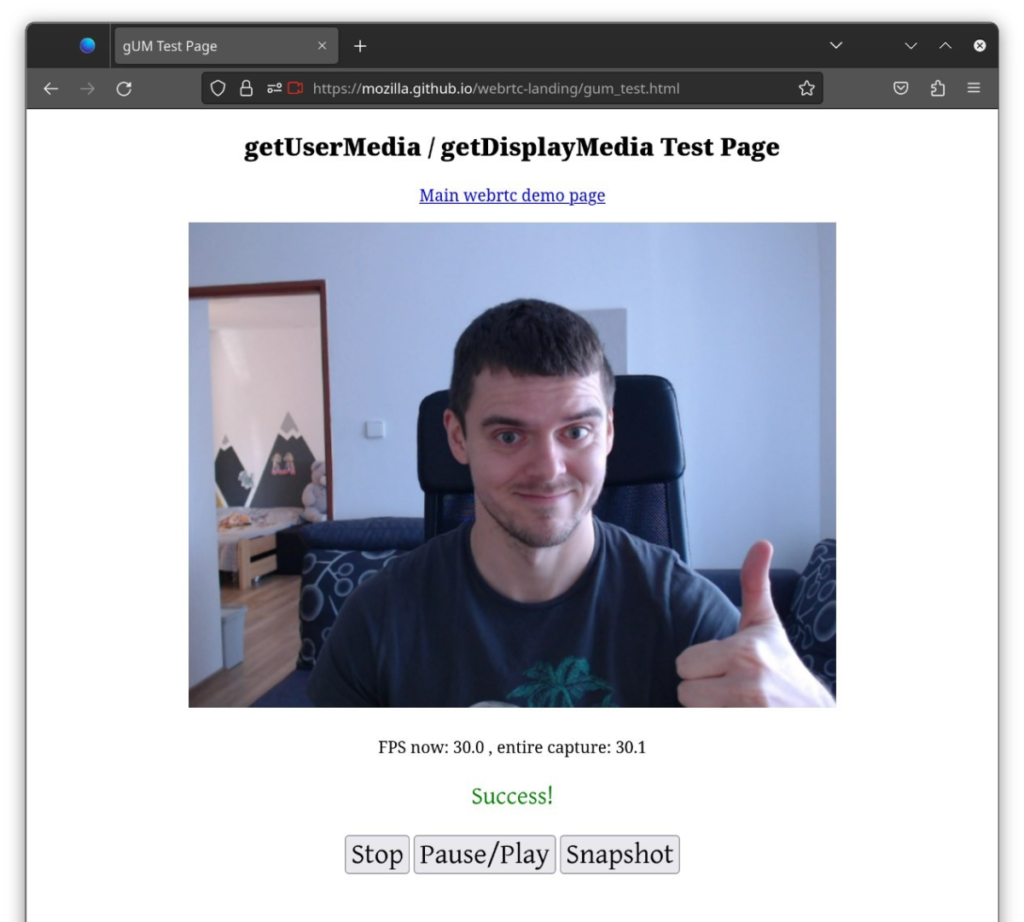This is a guest post written by Daan De Meyer, systemd and mkosi
maintainer
Almost 7 years ago, Lennart first
wrote
about mkosi on this blog. Some years ago, I took over development and
there's been a huge amount of changes and improvements since then. So I
figure this is a good time to re-introduce mkosi.
mkosi stands for Make Operating
System Image. It generates OS images that can be used for a variety of
purposes.
If you prefer watching a video over reading a blog post, you can also
watch my presentation on
mkosi at All Systems Go 2023.
What is mkosi?
mkosi was originally written as a tool to simplify hacking on systemd
and for experimenting with images using many of the new concepts being
introduced in systemd at the time. In the meantime, it has evolved into
a general purpose image builder that can be used in a multitude of
scenarios.
Instructions to install mkosi can be found in its
readme. We
recommend running the latest version to take advantage of all the latest
features and bug fixes. You'll also need bubblewrap and the package
manager of your favorite distribution to get started.
At its core, the workflow of mkosi can be divided into 3 steps:
- Generate an OS tree for some distribution by installing a set of
packages.
- Package up that OS tree in a variety of output formats.
- (Optionally) Boot the resulting image in
qemu or systemd-nspawn.
Images can be built for any of the following distributions:
- Fedora Linux
- Ubuntu
- OpenSUSE
- Debian
- Arch Linux
- CentOS Stream
- RHEL
- Rocky Linux
- Alma Linux
And the following output formats are supported:
- GPT disk images built with
systemd-repart
- Tar archives
- CPIO archives (for building initramfs images)
- USIs (Unified System Images which are full OS images packed in a UKI)
- Sysext, confext and portable images
- Directory trees
For example, to build an Arch Linux GPT disk image and boot it in
qemu, you can run the following command:
$ mkosi -d arch -p systemd -p udev -p linux -t disk qemu
To instead boot the image in systemd-nspawn, replace qemu with boot:
$ mkosi -d arch -p systemd -p udev -p linux -t disk boot
The actual image can be found in the current working directory named
image.raw. However, using a separate output directory is recommended
which is as simple as running mkdir mkosi.output.
To rebuild the image after it's already been built once, add -f to the
command line before the verb to rebuild the image. Any arguments passed
after the verb are forwarded to either systemd-nspawn or qemu
itself. To build the image without booting it, pass build instead of
boot or qemu or don't pass a verb at all.
By default, the disk image will have an appropriately sized root
partition and an ESP partition, but the partition layout and contents
can be fully customized using systemd-repart by creating partition
definition files in mkosi.repart/. This allows you to customize the
partition as you see fit:
- The root partition can be encrypted.
- Partition sizes can be customized.
- Partitions can be protected with signed dm-verity.
- You can opt out of having a root partition and only have a /usr
partition instead.
- You can add various other partitions, e.g. an XBOOTLDR partition or a
swap partition.
- ...
As part of building the image, we'll run various tools such as
systemd-sysusers, systemd-firstboot, depmod, systemd-hwdb and
more to make sure the image is set up correctly.
Configuring mkosi image builds
Naturally with extended use you don't want to specify all settings on
the command line every time, so mkosi supports configuration files
where the same settings that can be specified on the command line can be
written down.
For example, the command we used above can be written down in a
configuration file mkosi.conf:
[Distribution]
Distribution=arch
[Output]
Format=disk
[Content]
Packages=
systemd
udev
linux
Like systemd, mkosi uses INI configuration files. We also support
dropins which can be placed in mkosi.conf.d. Configuration files can
also be conditionalized using the [Match] section. For example, to
only install a specific package on Arch Linux, you can write the
following to mkosi.conf.d/10-arch.conf:
[Match]
Distribution=arch
[Content]
Packages=pacman
Because not everything you need will be supported in mkosi, we support
running scripts at various points during the image build process where
all extra image customization can be done. For example, if it is found,
mkosi.postinst is called after packages have been installed. Scripts
are executed on the host system by default (in a sandbox), but can be
executed inside the image by suffixing the script with .chroot, so if
mkosi.postinst.chroot is found it will be executed inside the image.
To add extra files to the image, you can place them in mkosi.extra in
the source directory and they will be automatically copied into the
image after packages have been installed.
Bootable images
If the necessary packages are installed, mkosi will automatically
generate a UEFI/BIOS bootable image. As mkosi is a systemd project, it
will always build
UKIs
(Unified Kernel Images), except if the image is BIOS-only (since UKIs
cannot be used on BIOS). The initramfs is built like a regular image by
installing distribution packages and packaging them up in a CPIO archive
instead of a disk image. Specifically, we do not use dracut,
mkinitcpio or initramfs-tools to generate the initramfs from the
host system. ukify is used to assemble all the individual components
into a UKI.
If you don't want mkosi to generate a bootable image, you can set
Bootable=no to explicitly disable this logic.
Using mkosi for development
The main requirements to use mkosi for development is that we can
build our source code against the image we're building and install it
into the image we're building. mkosi supports this via build scripts.
If a script named mkosi.build (or mkosi.build.chroot) is found,
we'll execute it as part of the build. Any files put by the build script
into $DESTDIR will be installed into the image. Required build
dependencies can be installed using the BuildPackages= setting. These
packages are installed into an overlay which is put on top of the image
when running the build script so the build packages are available when
running the build script but don't end up in the final image.
An example mkosi.build.chroot script for a project using meson could
look as follows:
#!/bin/sh
meson setup "$BUILDDIR" "$SRCDIR"
ninja -C "$BUILDDIR"
if ((WITH_TESTS)); then
meson test -C "$BUILDDIR"
fi
meson install -C "$BUILDDIR"
Now, every time the image is built, the build script will be executed
and the results will be installed into the image.
The $BUILDDIR environment variable points to a directory that can be
used as the build directory for build artifacts to allow for incremental
builds if the build system supports it.
Of course, downloading all packages from scratch every time and
re-installing them again every time the image is built is rather slow,
so mkosi supports two modes of caching to speed things up.
The first caching mode caches all downloaded packages so they don't have
to be downloaded again on subsequent builds. Enabling this is as simple
as running mkdir mkosi.cache.
The second mode of caching caches the image after all packages have been
installed but before running the build script. On subsequent builds,
mkosi will copy the cache instead of reinstalling all packages from
scratch. This mode can be enabled using the Incremental= setting.
While there is some rudimentary cache invalidation, the cache can also
forcibly be rebuilt by specifying -ff on the command line instead of
-f.
Note that when running on a btrfs filesystem, mkosi will automatically
use subvolumes for the cached images which can be snapshotted on
subsequent builds for even faster rebuilds. We'll also use reflinks to
do copy-on-write copies where possible.
With this setup, by running mkosi -f qemu in the systemd repository,
it takes about 40 seconds to go from a source code change to a root
shell in a virtual machine running the latest systemd with your change
applied. This makes it very easy to test changes to systemd in a safe
environment without risk of breaking your host system.
Of course, while 40 seconds is not a very long time, it's still more
than we'd like, especially if all we're doing is modifying the kernel
command line. That's why we have the KernelCommandLineExtra= option to
configure kernel command line options that are passed to the container
or virtual machine at runtime instead of being embedded into the image.
These extra kernel command line options are picked up when the image is
booted with qemu's direct kernel boot (using -append), but also when
booting a disk image in UEFI mode (using SMBIOS). The same applies to
systemd credentials (using the Credentials= setting). These settings
allow configuring the image without having to rebuild it, which means
that you only have to run mkosi qemu or mkosi boot again afterwards
to apply the new settings.
Building images without root privileges and loop devices
By using newuidmap/newgidmap and systemd-repart, mkosi is able to
build images without needing root privileges. As long as proper subuid
and subgid mappings are set up for your user in /etc/subuid and
/etc/subgid, you can run mkosi as your regular user without having
to switch to root.
Note that as of the writing of this blog post this only applies to the
build and qemu verbs. Booting the image in a systemd-nspawn
container with mkosi boot still needs root privileges. We're hoping to
fix this in an future systemd release.
Regardless of whether you're running mkosi with root or without root,
almost every tool we execute is invoked in a sandbox to isolate as much
of the build process from the host as possible. For example, /etc and
/var from the host are not available in this sandbox, to avoid host
configuration inadvertently affecting the build.
Because systemd-repart can build disk images without loop devices,
mkosi can run from almost any environment, including containers. All
that's needed is a UID range with 65536 UIDs available, either via
running as the root user or via /etc/subuid and newuidmap. In a
future systemd release, we're hoping to provide an alternative to
newuidmap and /etc/subuid to allow running mkosi from all
containers, even those with only a single UID available.
Supporting older distributions
mkosi depends on very recent versions of various systemd tools (v254 or
newer). To support older distributions, we implemented so called tools
trees. In short, mkosi can first build a tools image for you that
contains all required tools to build the actual image. This can be
enabled by adding ToolsTree=default to your mkosi configuration.
Building a tools image does not require a recent version of systemd.
In the systemd mkosi configuration, we automatically use a tools tree if
we detect your distribution does not have the minimum required systemd
version installed.
Configuring variants of the same image using profiles
Profiles can be defined in the mkosi.profiles/ directory. The profile
to use can be selected using the Profile= setting (or --profile=) on
the command line. A profile allows you to bundle various settings behind
a single recognizable name. Profiles can also be matched on if you want
to apply some settings only to a few profiles.
For example, you could have a bootable profile that sets
Bootable=yes, adds the linux and systemd-boot packages and
configures Format=disk to end up with a bootable disk image when
passing --profile bootable on the kernel command line.
Building system extension images
System extension
images may – dynamically at runtime — extend the base system with an
overlay containing additional files.
To build system extensions with mkosi, we need a base image on top of
which we can build our extension.
To keep things manageable, we'll make use of mkosi's support for
building multiple images so that we can build our base image and system
extension in one go.
We start by creating a temporary directory with a base configuration
file mkosi.conf with some shared settings:
[Output]
OutputDirectory=mkosi.output
CacheDirectory=mkosi.cache
Now let's continue with the base image definition by writing the
following to mkosi.images/base/mkosi.conf:
[Output]
Format=directory
[Content]
CleanPackageMetadata=no
Packages=systemd
udev
We use the directory output format here instead of the disk output
so that we can build our extension without needing root privileges.
Now that we have our base image, we can define a sysext that builds on
top of it by writing the following to mkosi.images/btrfs/mkosi.conf:
[Config]
Dependencies=base
[Output]
Format=sysext
Overlay=yes
[Content]
BaseTrees=%O/base
Packages=btrfs-progs
BaseTrees= point to our base image and Overlay=yes instructs mkosi
to only package the files added on top of the base tree.
We can't sign the extension image without a key. We can generate one
by running mkosi genkey which will generate files that are
automatically picked up when building the image.
Finally, you can build the base image and the extensions by running
mkosi -f. You'll find btrfs.raw in mkosi.output which is the
extension image.
Various other interesting features
- To sign any generated UKIs for secure boot, put your secure boot key
and certificate in
mkosi.key and mkosi.crt and enable the
SecureBoot= setting. You can also run mkosi genkey to have mkosi
generate a key and certificate itself.
- The
Ephemeral= setting can be enabled to boot the image in an
ephemeral copy that is thrown away when the container or virtual
machine exits.
ShimBootloader= and BiosBootloader= settings are available to
configure shim and grub installation if needed.mkosi can boot directory trees in a virtual using virtiofsd. This
is very useful for quickly rebuilding an image and booting it as the
image does not have to be packed up as a disk image.- ...
There's many more features that we won't go over in detail here in this
blog post. Learn more about those by reading the
documentation.
Conclusion
I'll finish with a bunch of links to more information about mkosi and
related tooling:









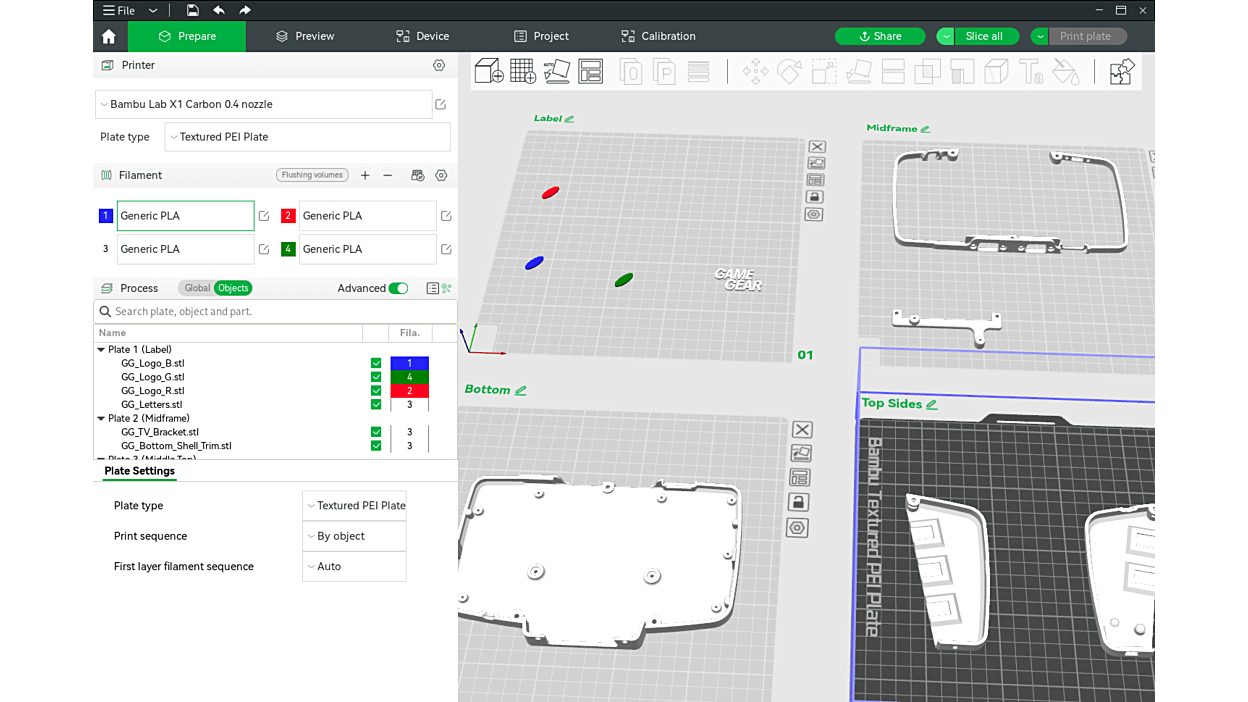






 </figure>
</figure> as well as discussion about PIP – Picture-in-Picture Wayland protocol extension implementation [
as well as discussion about PIP – Picture-in-Picture Wayland protocol extension implementation [ <figcaption class="wp-element-caption">Even my hometown
<figcaption class="wp-element-caption">Even my hometown  There’s ongoing
There’s ongoing 

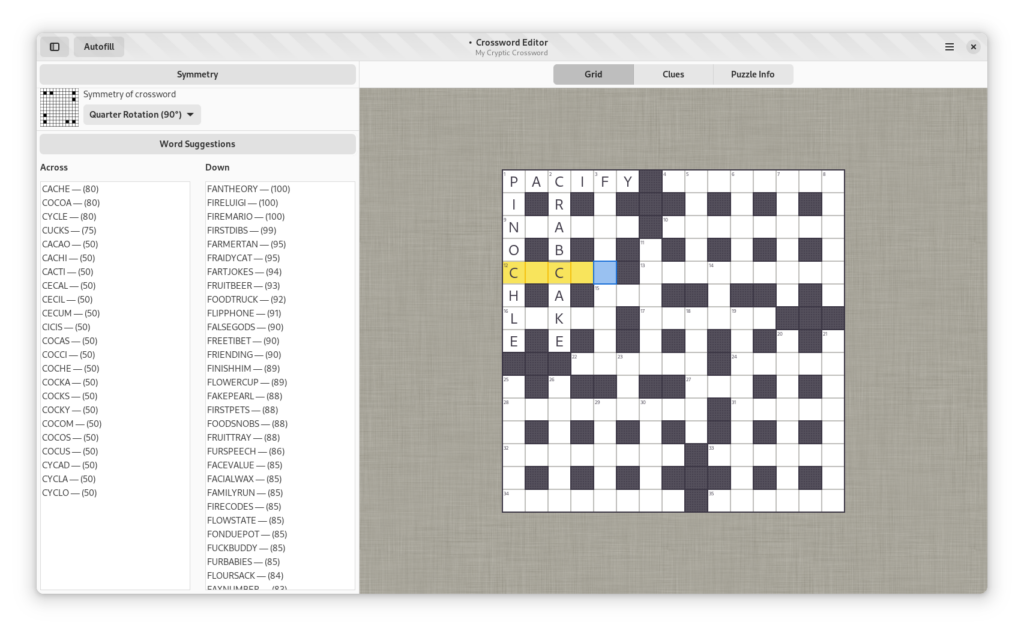
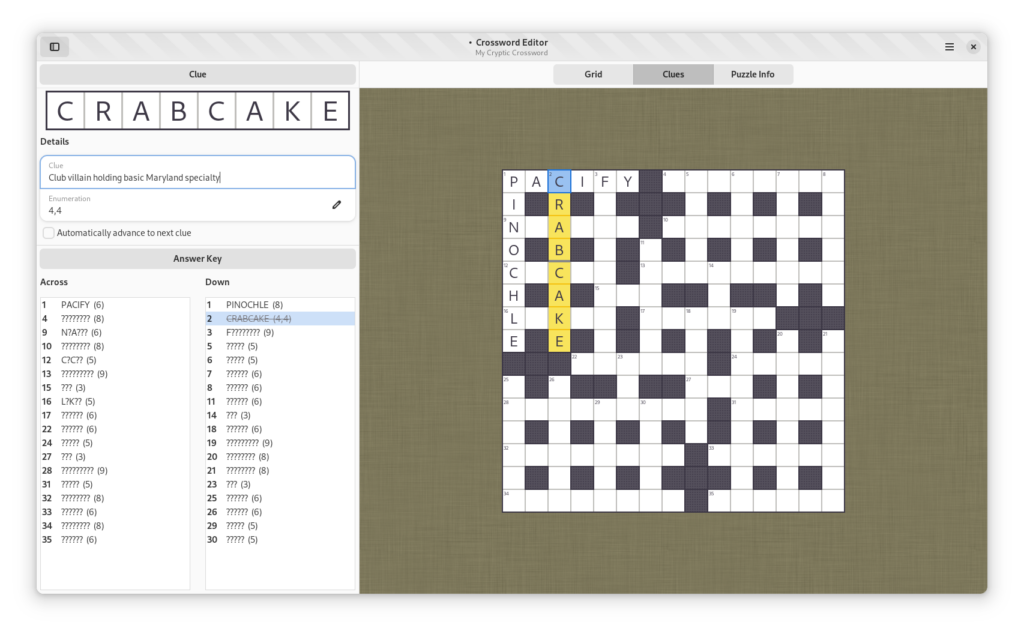









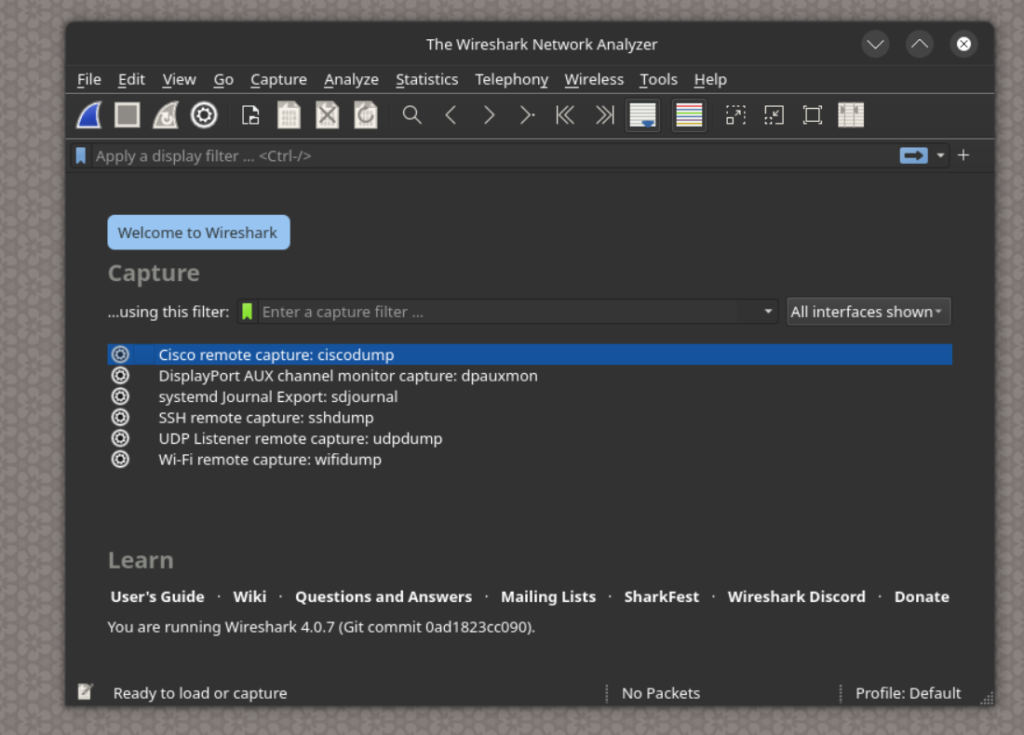


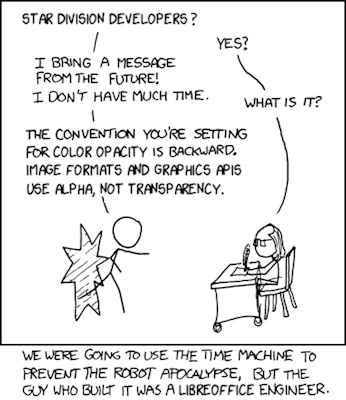
 </figure>
</figure>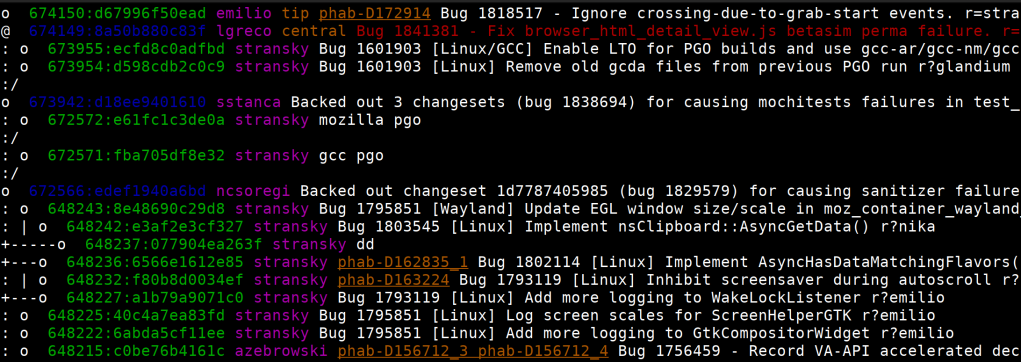 </figure>
</figure>
 </figure>
</figure>
 </figure>
</figure>
